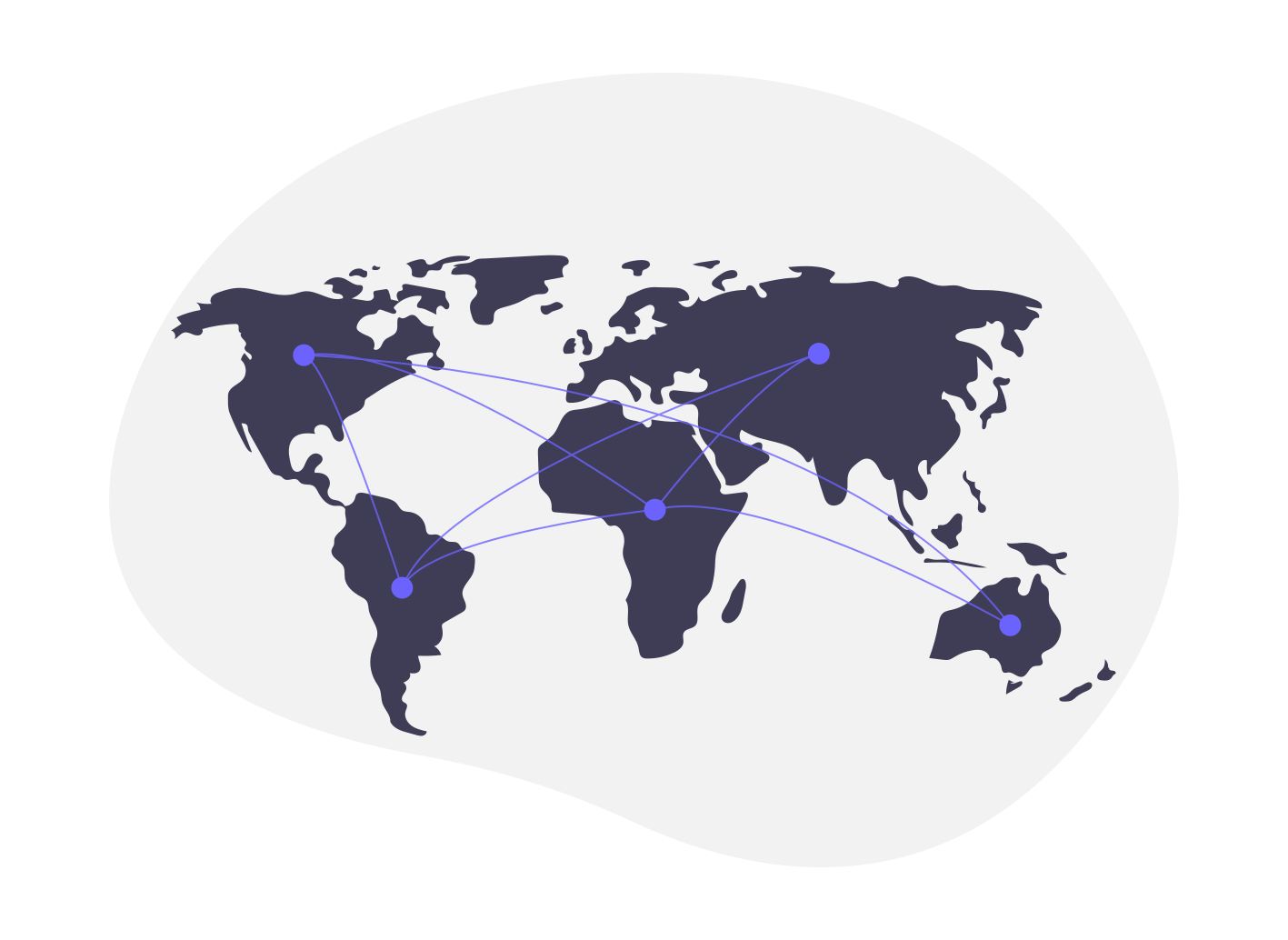Account-based marketing (ABM) has revolutionized how businesses target and engage high-value accounts. One often overlooked yet powerful aspect of ABM is geographic segmentation. This blog delves into the role of geographic segmentation in enhancing ABM strategies, offering actionable insights and practical tips for leveraging this approach to maximize marketing impact.
Understanding Geographic Segmentation in ABM
Geographic segmentation involves dividing your target market based on geographical boundaries. This can range from countries and regions to cities and neighborhoods. In the context of ABM, geographic segmentation allows marketers to tailor their campaigns to the unique characteristics and preferences of their target accounts in specific locations.
The Importance of Geographic Segmentation
1. Tailored Messaging
Geographic segmentation enables marketers to create highly personalized messages that resonate with the cultural, economic, and social nuances of different regions. For instance, a campaign targeting accounts in the tech hubs of Silicon Valley would differ significantly from one targeting manufacturing centers in the Midwest.
2. Enhanced Relevance
By understanding regional market conditions, competition, and customer behavior, marketers can craft more relevant and compelling value propositions. This relevance boosts engagement and increases the likelihood of conversion.
3. Optimized Resource Allocation
Geographic segmentation helps in optimizing marketing spend by focusing resources on regions with the highest potential ROI. This strategic allocation ensures that efforts are concentrated where they are most likely to yield results.
Implementing Geographic Segmentation in ABM
1. Data Collection and Analysis
The first step is gathering comprehensive data on your target accounts. This includes demographic information, purchasing behavior, and market conditions in different regions. Utilize CRM systems, market research, and third-party data providers to build a robust database.
2. Define Geographic Segments
Based on the collected data, define clear geographic segments. These segments should be specific enough to allow for targeted marketing but broad enough to ensure scalability. Common segments include regions (e.g., North America, Europe), countries, and metropolitan areas.
3. Develop Regional Personas
Create detailed personas for each geographic segment. These personas should encompass the unique characteristics, challenges, and needs of accounts within each region. This step is crucial for crafting personalized and effective marketing messages.
4. Craft Localized Content
Develop content that speaks directly to the regional personas. This can include localized case studies, testimonials from regional clients, and content addressing region-specific pain points. Localization extends beyond language to cultural relevance and context.
5. Tailor Campaign Strategies
Design ABM campaigns tailored to each geographic segment. For example, an email campaign targeting European accounts might emphasize GDPR compliance, while one for U.S. accounts could highlight success stories within their industry.
6. Leverage Regional Channels
Identify the most effective channels for reaching your target accounts in each region. This could include local social media platforms, regional industry events, and localized online communities.
Measuring the Success of Geographic Segmentation
To gauge the effectiveness of geographic segmentation, track key performance indicators (KPIs) such as engagement rates, conversion rates, and ROI for each geographic segment. Use these insights to continuously refine and optimize your strategies.
1. Engagement Metrics
Monitor metrics like email open rates, click-through rates, and social media engagement within each geographic segment. Higher engagement indicates that your localized content is resonating with the audience.
2. Conversion Rates
Analyze conversion rates for each segment to determine the effectiveness of your targeted campaigns. Compare these rates to your overall conversion rates to assess the impact of geographic segmentation.
3. ROI Analysis
Calculate the return on investment (ROI) for your ABM efforts in different regions. This helps in identifying high-performing segments and areas where additional investment may be warranted.
Conclusion
Geographic segmentation is a powerful tool in the ABM arsenal, enabling marketers to deliver highly targeted and relevant campaigns. By understanding the unique characteristics and needs of accounts in different regions, businesses can enhance their ABM strategies, optimize resource allocation, and drive better results. Implementing geographic segmentation requires careful planning and execution, but the payoff in terms of engagement and conversion makes it a worthwhile endeavor.


